Thanks for your quick reply.

Czy wolisz polską wersję strony elektroda?
Nie, dziękuję Przekieruj mnie tamluxmcdiver wrote:Hi, I have a TO-Q-SY2-JWT which has a shunt-resistor instead of the coil. Has anybody flashed such a device?

addChangeHandler Voltage > 251 POWER OFF

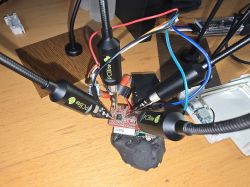
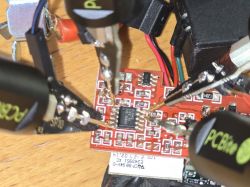
max_mcu wrote:Hello community, I have the following problem: The relay is a bi stable relay. When the power is lost and then switched back on, the switch + LED is not on if the relay was switched on before the power failure. How can I determine after the power failure whether the relay is still on or off? Can this be fixed in the software?

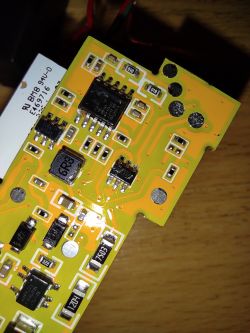

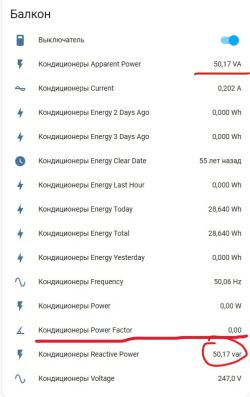
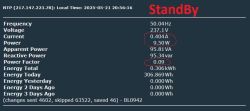
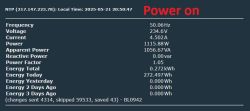
przemsi_ele wrote:>>21556434 .
yes, you can extract the original calibration configuration, there is a post on this topic, but I always calibrate with a classic bulb, it is almost the true resistance, in my cases it is always satisfactory
